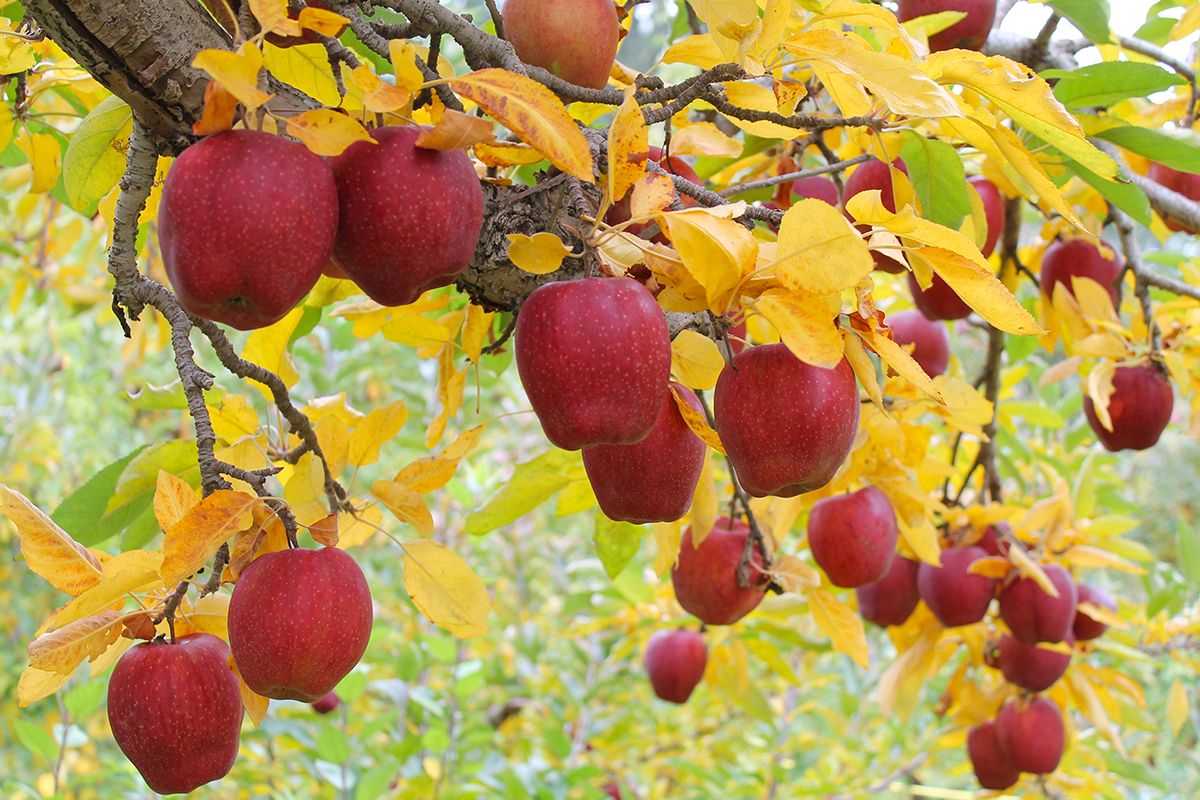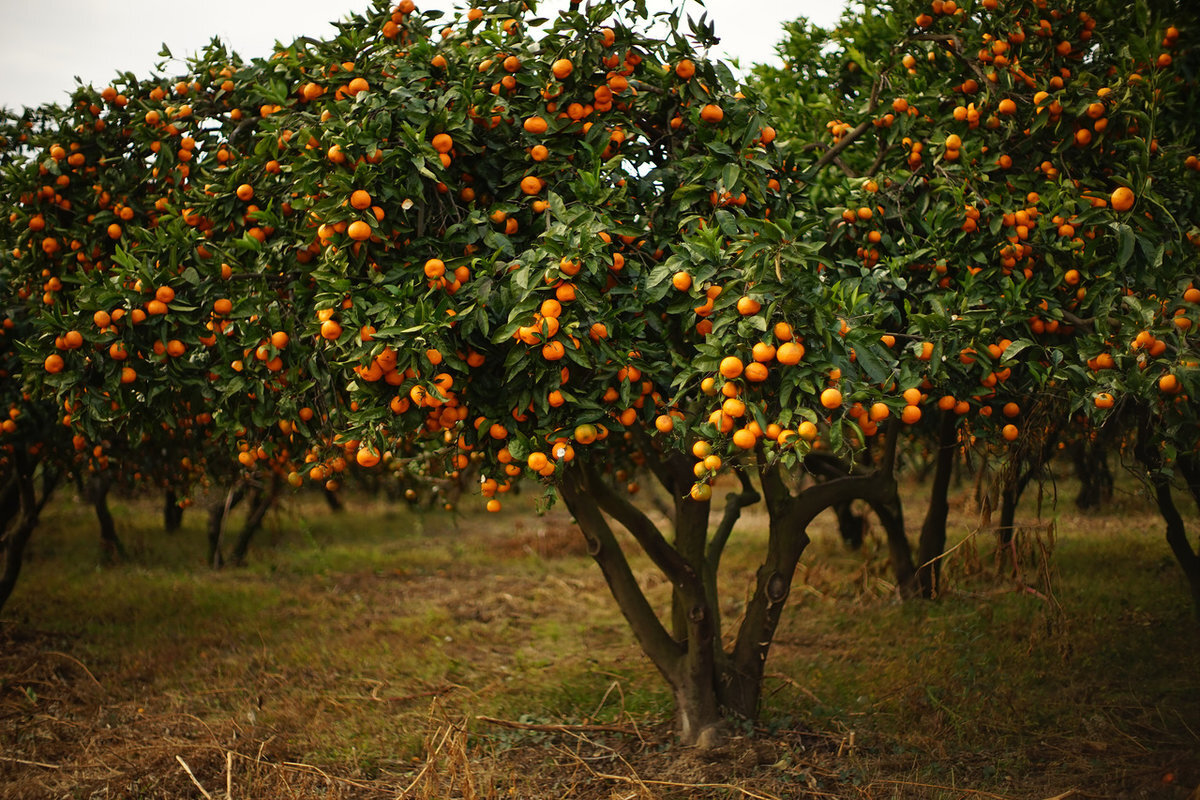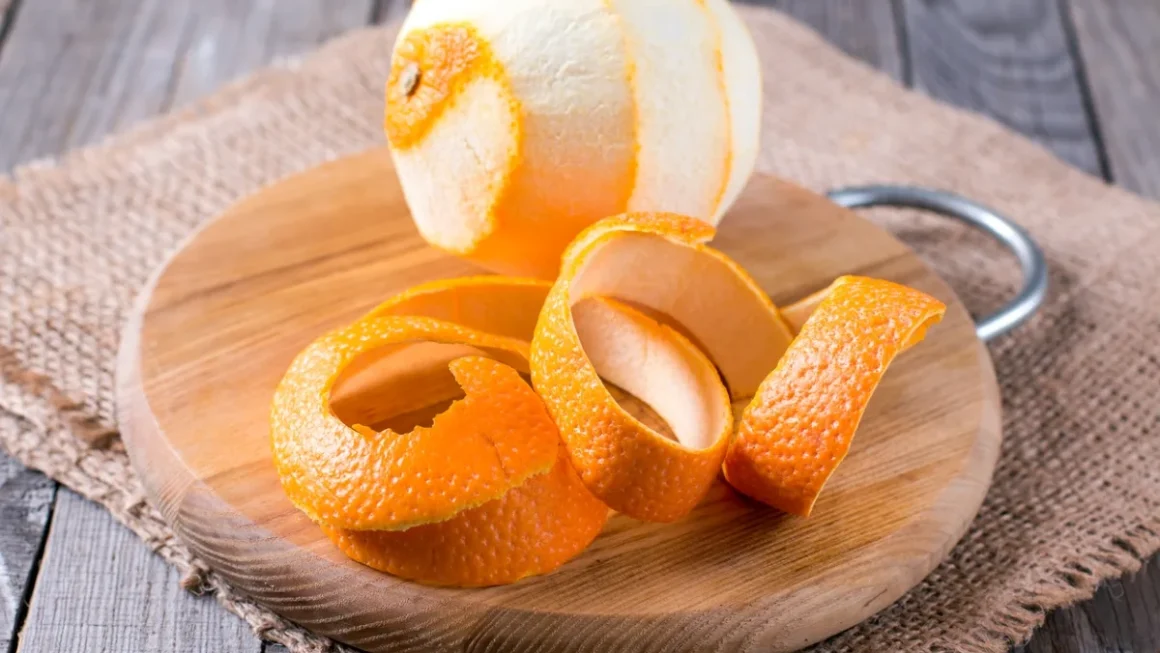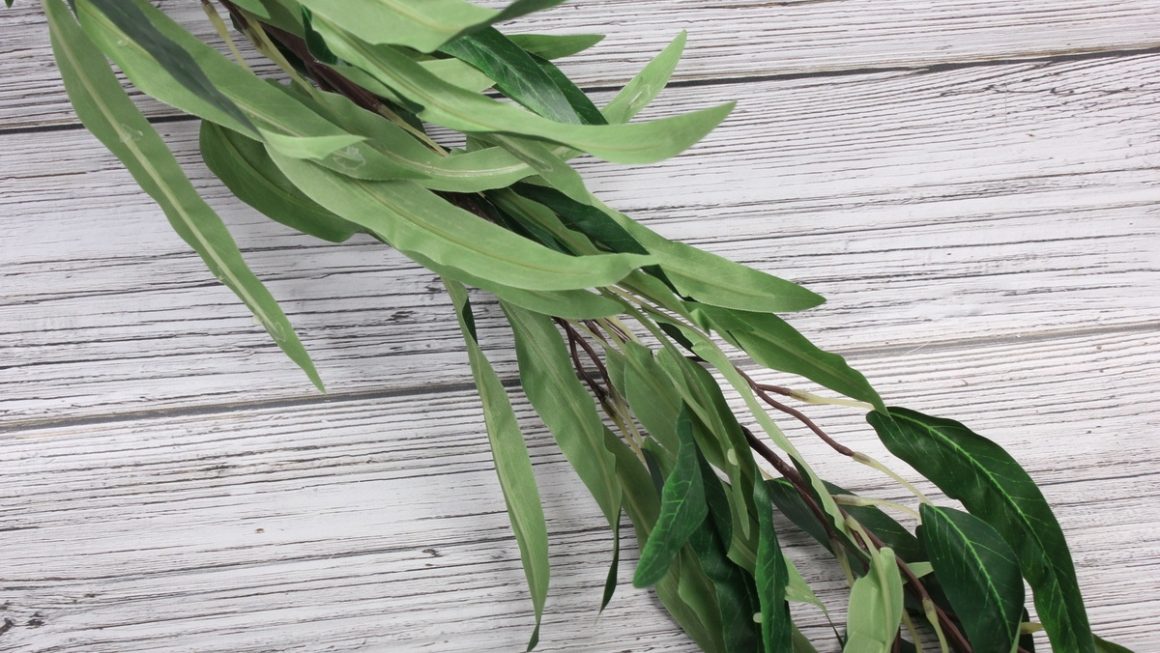
Who would have thought that in the middle of October, when the leaves are gently covering the ground, the garden could already be preparing the ground for the most beautiful harvests of the following spring?
Many people are unaware that it is precisely during this season, renowned for its warm colours and the end of long days of labour, that a key part of the success of the vegetable garden and orchard is played out. Certain varieties of small fruit trees, unexpected and radically generous, invite themselves into French gardens with disconcerting ease, promising fruity surprises even before spring returns. Ready to transform your green space and harvest much more than you ever imagined?
October: the month when the garden is covered with fruity promises
Planting in October means anticipating the future of your garden. While most people put away their tools, some know that autumn is the best time to plant small fruit trees. The coolness of the soil, the moisture returned after the summer and the mild climate provide ideal conditions for roots to take hold deep in the ground.
Early rooting makes all the difference: as soon as the first signs of spring arrive, these plants, awakened from their winter slumber, quickly draw everything they need from the soil to get off to a flying start. The result: spectacular growth and generous harvests from the very first season. This tip, too often forgotten, allows you to achieve in April or May what many people usually wait a whole year for.
Raspberry bushes: the unsung stars that require almost no effort
Often overlooked in favour of more traditional shrubs, raspberry bushes are nevertheless veritable fruit machines, capable of producing kilos of tender, tasty berries with minimal effort. Their secret? Exceptional hardiness suited to the French climate, from Brittany to the south-west, including the Paris region.
Choosing and planting the right raspberry bush for an explosion of fruit
Just a few plants are enough to radically transform the look of a garden. For balconies and small spaces, choose remontant varieties, which are generous throughout the summer. In October, the soil is still warm and loose, making planting easy. It is recommended to:
- Choose a sunny location, sheltered from strong winds.
- Lightly aerate the soil with a little well-rotted compost.
- Leave 40 to 50 cm between each plant to ensure good fruiting.
Secrets for hassle-free cultivation, even for beginners
Raspberry bushes are unrivalled in their resilience. Moderate watering, mulching with dead leaves or straw, and light pruning are all you need to get a generous harvest. Not prone to disease, they can withstand both forgotten watering and periods of moderate drought. For urban gardeners, some dwarf varieties are perfectly suited to pots, terraces, or balconies, provided they have good drainage.
Goji berries: the superfood that’s coming to the garden
Long perceived as a curiosity from Asia, goji berries are now finding their way into our British vegetable gardens. Their reputation as a ‘superfruit’ is well established: packed with antioxidants, they add an original and colourful touch at the end of summer.
Goji berries made in France: myth or reality?
Growing goji berries in France may seem daring, yet this small shrub acclimatises to temperate regions with surprising ease. Available in most garden centres from autumn onwards, young goji plants take advantage of the mild October weather to put down deep roots. This is a smart move, which avoids many of the setbacks of replanting in spring and guarantees rapid fruiting, sometimes as early as the second year.
Tips for successful planting and boosting fruiting
Planting goji berries couldn’t be easier:
- Plant in the ground or in a large container, in light, well-drained soil.
- Water regularly during the first year to encourage rooting.
- Prune lightly in early spring to encourage branching.
Natural mulching around the plant will limit competition from unwanted weeds and retain the necessary moisture. Once established, goji berries grow vigourously and require little special care.
Small actions, big harvests: simplify your life in the garden
You don’t need a degree in horticulture to grow a miniature orchard bursting with vitality. A few simple maintenance steps are all it takes to ensure harmonious growth and abundant harvests.
Super simple maintenance tips for a healthy miniature orchard
- Mulch the base of fruit trees with a layer of dead leaves or shredded wood chips to limit evaporation and nourish the soil.
- Water only during prolonged droughts, without overdoing it.
- Regularly remove damaged or fallen fruit to prevent disease.
These steps consist primarily of observing the actual needs of each plant and favouring the combination of beneficial crops (such as companion plants or honey plants). The soil, which is full of life, does most of the work!

When and how to harvest for maximum flavour and vitality
To enjoy the best flavour, it is essential to pick the fruit when it is fully ripe, often in the morning when the coolness preserves all the flavours. Fruit harvested in this way is richer in vitamins and keeps better. A good pair of clean secateurs or your hands are all you need, no sophisticated equipment required! Feel free to taste a few berries straight from the garden to determine the ideal time to harvest.
October surprises: when your garden overflows with unexpected flavours
Planting these small fruit trees this season means you’ll be able to enjoy juicy raspberries and colourful goji berries come spring, when you least expect it. Yields vary depending on the weather and exposure, but a dozen plants can be enough to feed an entire family. Abundance often comes where you least expect it!
Mix, share, savour: ideas for making the most of your first harvests
The first baskets from the garden awaken the taste buds and creativity. There’s nothing like combining raspberries and goji berries in yoghurt, fruit salad, or even quick jam to start the season off right. Sharing these first fruits with family and friends adds a whole new dimension to gardening, combining conviviality and gourmet delights.
Extend the magic: preserve and use your berries all winter long
Surplus fruit, which is often unexpected, can be easily preserved: quick freezing, drying in the oven or in a dehydrator, or turning it into syrups and jellies. Raspberry and goji bushes thus offer the pleasure of summer flavours in the middle of winter. With a little organisation, you can fill your cupboards and brighten up your breakfasts until spring returns.
October is the ideal time to plant raspberry bushes and goji berries, two essential allies for a productive, hassle-free garden. Planting them before winter not only ensures vigorous growth, but also promises abundant harvests come spring. What if, this year, the real secret to happiness was simply to welcome more nature and flavour into your garden in autumn? Sometimes all it takes is a small seed planted at the right time to reap, a few months later, much more than you ever imagined.



